Macaws are a group of 17 species of spectacularly colorful parrots, from South and Central America and Mexico. Most of them are large birds, with have long, tapering tails. They are known for their great intelligence and playfulness. Macaws are long-lived, and often kept as pets. Read on to learn about the macaw.
Description of the Macaw
Macaws are stocky birds with a large head, a thick, strong beak and a long tail relative to their body-size. The Macaw species are sometimes divided into two groups, the “Large Macaws” and the “Mini Macaws.” The
Interesting Facts About the Macaw
Macaws are highly intelligent animals that constantly investigate their environment, often with their tongues. They are also a highly social animal. These characteristics make for some interesting facts about macaws.
- Self-Medication – Some macaws gather in large numbers at clay licks which they eat; it is believed this helps their digestion.
- Mimicry – Macaws can mimic the human voice (but are not good talkers) and other noises in their surroundings.
- Monogamy – Macaws are one of the few animals known to have the same breeding partner for their entire lives – the pair often share their food with one another to strengthen the bond.
- Tongue – The tongue is used to explore objects in the environment, and to extract food items. To help with this, the tongue contains a series of bones. The hyacinth macaw has a black tongue with bright yellow stripes.
Habitat of the Macaw
Macaws use a wide range of habitats, depending on the species. Most live in forests, rainforests, or woodland, but some species prefer the more open savannah-like areas.
Distribution of the Macaw
In the wild, macaws mainly live in Central America, Mexico, and South America. Because they are kept widely as pets, in captivity they are found worldwide.
Diet of the Macaw
Macaws are omnivorous. Their main food sources are fruits, nuts, and seeds, but sometimes they will eat insects and snails.
Macaws and Human Interaction
Macaws are very popular as pets, but unfortunately, there is a large black market for some of the rarer species, which contributes to their endangered status in the wild. Furthermore, some of their natural habitats are being destroyed by deforestation and habitat degradation. Native humans sometimes hunt macaws for their bright and vivid feathers, which they use as decoration.
Domestication
Several species of macaws have been bred to create hybrids with desirable colors and patterns – this means that some species at least, have been domesticated.
Does the Macaw Make a Good Pet
Thousands of macaws are kept as pets, many of which are wonderful, playful pets for their owners. However, some macaws can become a one-person-bird, and develop a habit of very painfully biting anyone who is not this person. They can also be quite disruptive if they develop a habit of screeching.
Macaw Care
Macaws are a highly intelligent bird and constantly investigate their surroundings. They must be given a stimulating, changing environment, and plenty of attention from their owners. They enjoy chewing very much, and should be provided with lots of fresh non-toxic tree branches or other suitable items.
Behavior of the Macaw
Macaws are very social animals; soon after becoming adults, they form pairs and then join a flock, usually of about 30 individuals, but sometimes as many as 100. The flock members communicate with each other by a wide range of squawks, screeches, whistles, and honks. These vocalizations are also used to identify their partners, and as a way to mark territory. Flocks are active during the day (diurnal), and often fly long distances to search for food.
Reproduction of the Macaw
Reproduction details vary between the species. The following represents scarlet macaws: The female lays 2-3 eggs, usually in a tree cavity, where they incubate for about 5 weeks. The chicks fly from the nest (fledge) approximately 90 days after hatching, and then leave their parents completely about a year later. Scarlet macaws become sexually mature at about 5 years of age.

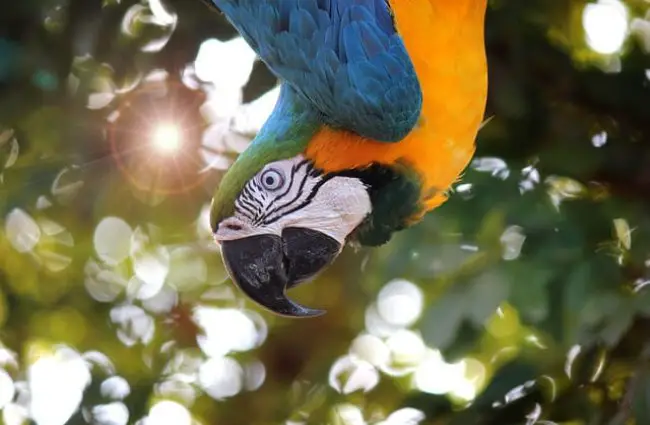
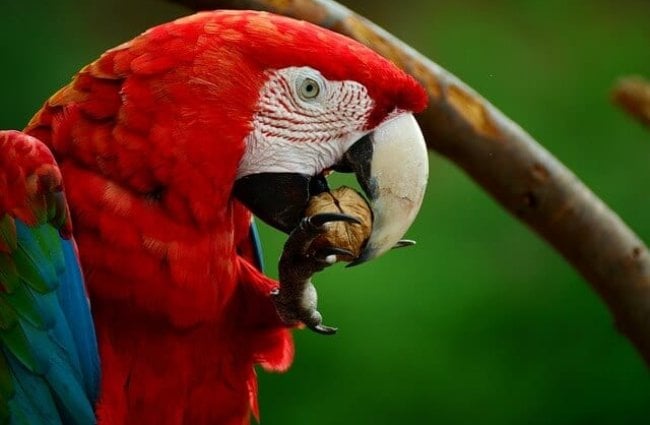


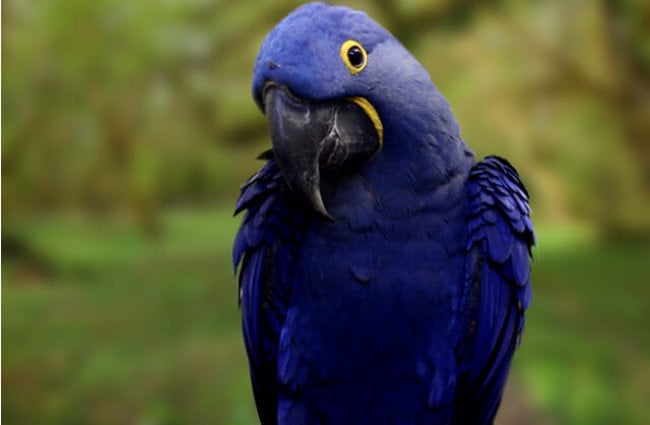
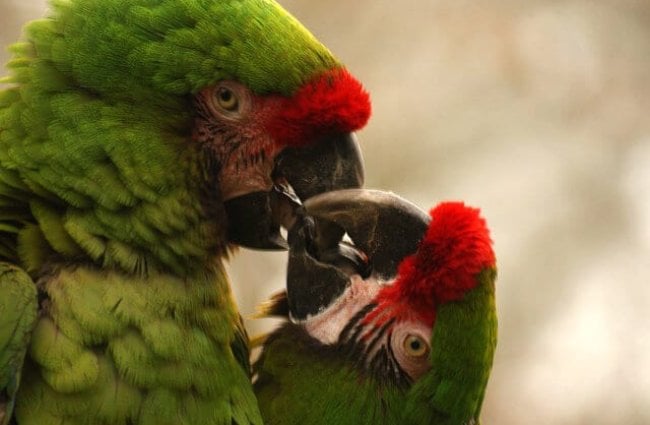

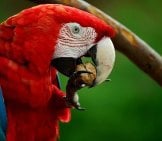
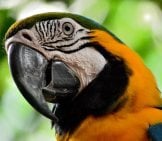
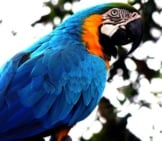

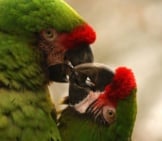
![Red Angus Closeup of a beautiful Red Angus cowPhoto by: U.S. Department of Agriculture [pubic domain]https://creativecommons.org/licenses/by/2.0/](https://animals.net/wp-content/uploads/2020/03/Red-Angus-4-238x178.jpg)












![Red Angus Closeup of a beautiful Red Angus cowPhoto by: U.S. Department of Agriculture [pubic domain]https://creativecommons.org/licenses/by/2.0/](https://animals.net/wp-content/uploads/2020/03/Red-Angus-4-100x75.jpg)

